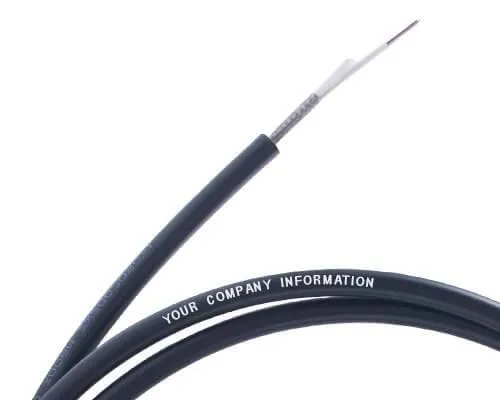Design and build a fiber optic cable tailored to your exact specifications. From indoor to outdoor environments, we offer a wide range of fiber types, core counts, and sheath materials to suit your application. Whether you need a short cable for internal connections or a long-haul solution, our custom cables deliver optimal performance and reliability.
Key features
- Versatile design options
- High-quality materials
- Expert craftsmanship
- Quick turnaround times
Ideal for: data centers, telecommunications, industrial applications, and more.
Step 1: Where will the cable be used?
- Indoor: For use inside buildings.
- Outdoor: For external installations.
- Ground: For underground installations.
Step 2: How will the cable be installed?
- Duct: Placed within a protective conduit.
- Overhead: Hung from poles or structures.
- Underwater: Installed beneath bodies of water.
- Direct Burial: Buried directly in the ground.
Step 3: What type of optical fiber is needed?
- Single Mode: For long-distance, high-speed data transmission.
- Multimode: For shorter distances and lower data rates.
Step 4: How many fibers are required?
- Low Fiber Count: 1 to 12 fibers.
- Medium Fiber Count: 12 to 24 fibers.
- High Fiber Count: More than 24 fibers.
Step 5: Choose the cable’s outer sheath material:
- PE: Polyethylene, a common plastic material.
- PVC: Polyvinyl chloride, another common plastic.
- LSZH: Low Smoke Zero Halogen, fire-resistant material.
Additional Considerations:
- Fiber type specifications: G.652, G.657, OM2, OM3, etc.
- Performance requirements: Tensile strength, crush resistance, span distance, etc.
- Cable length: Options like 1km, 2km, 4km, 6km, etc.
- Cable structure: Unitube, MLT, etc.
- Fire resistance: PVC, LSZH, flame retardant options.
- Labeling and packaging: Customization available.
Would you like to start designing your fiber optic cable? Contact us today.




